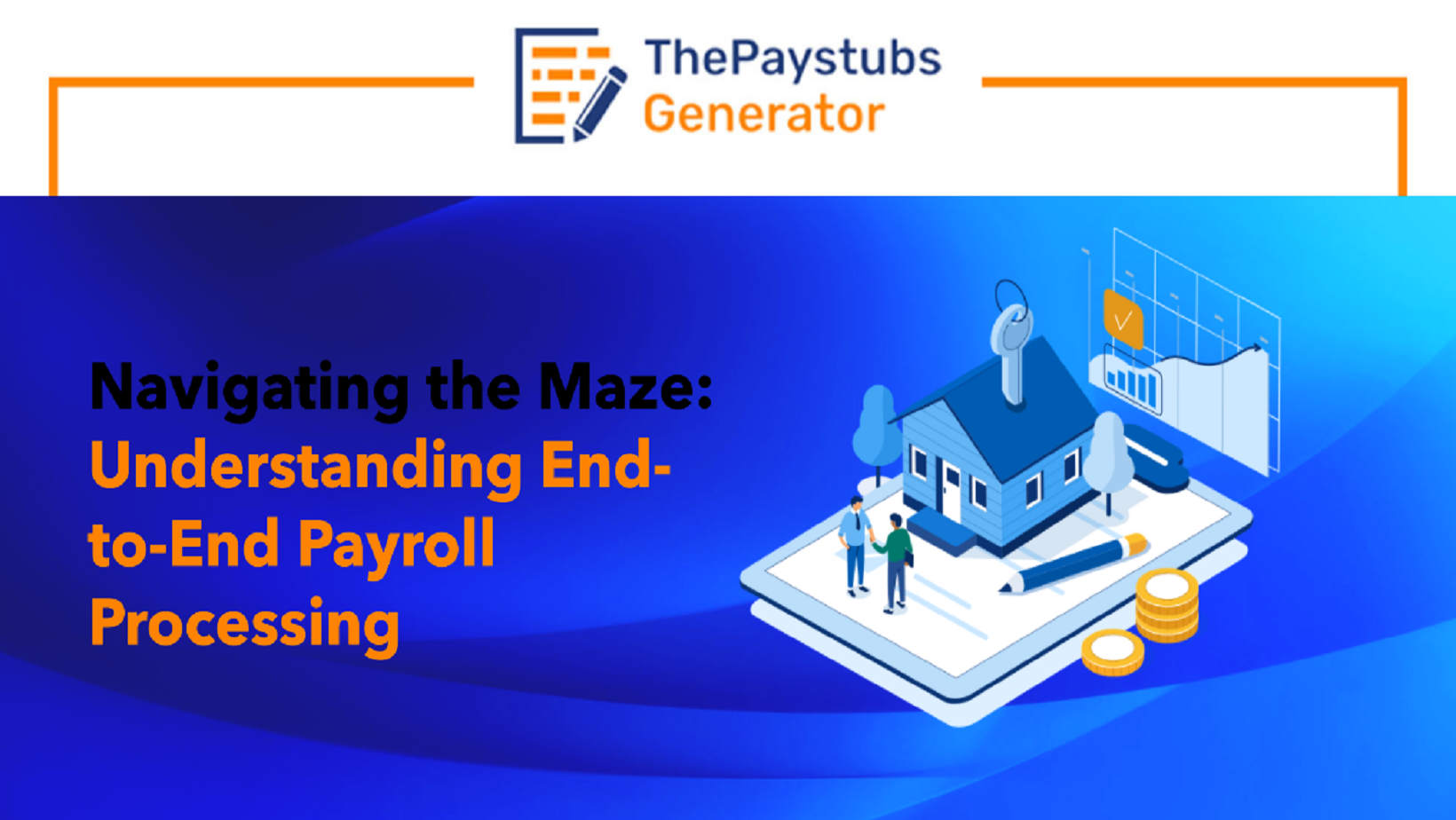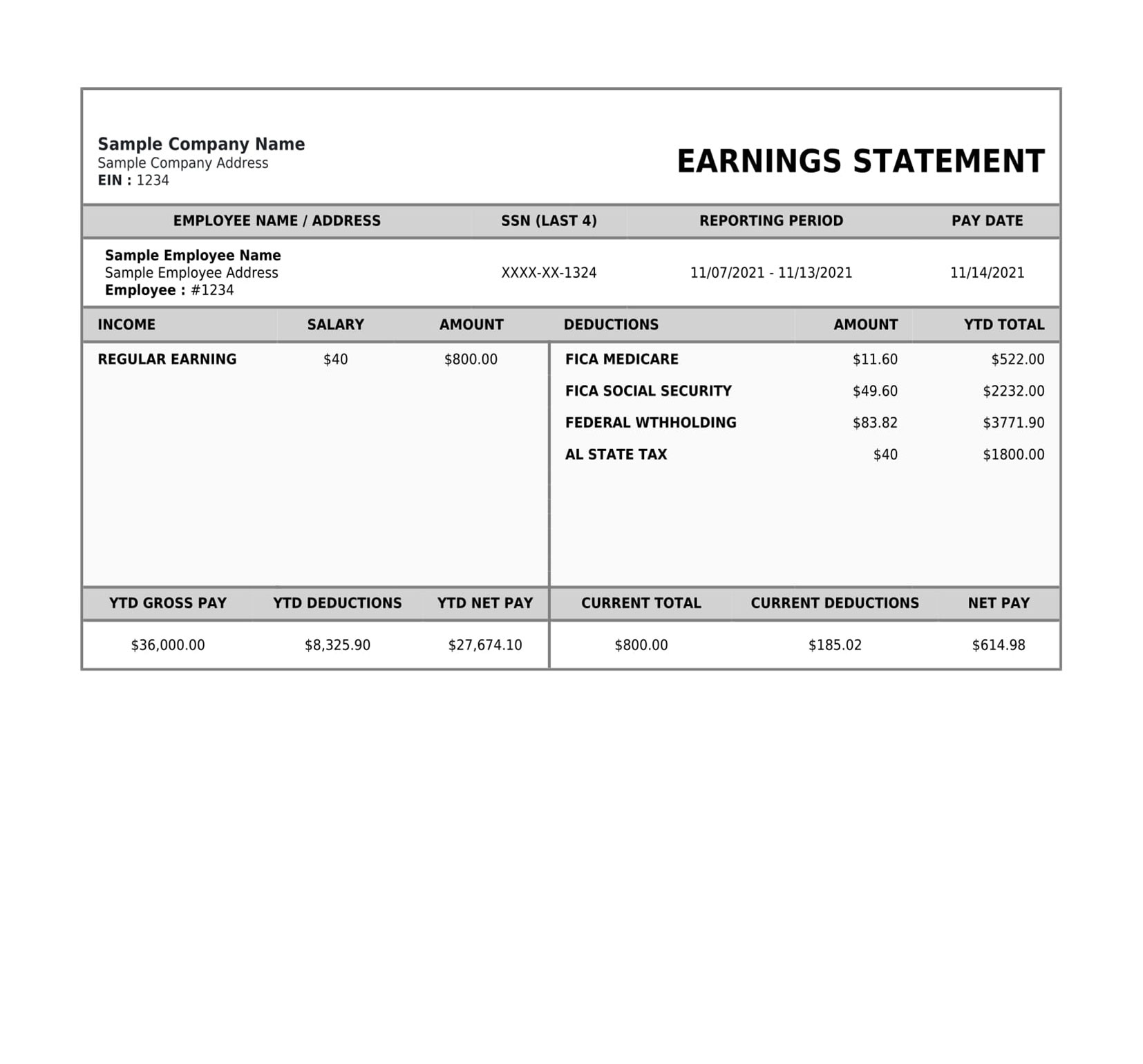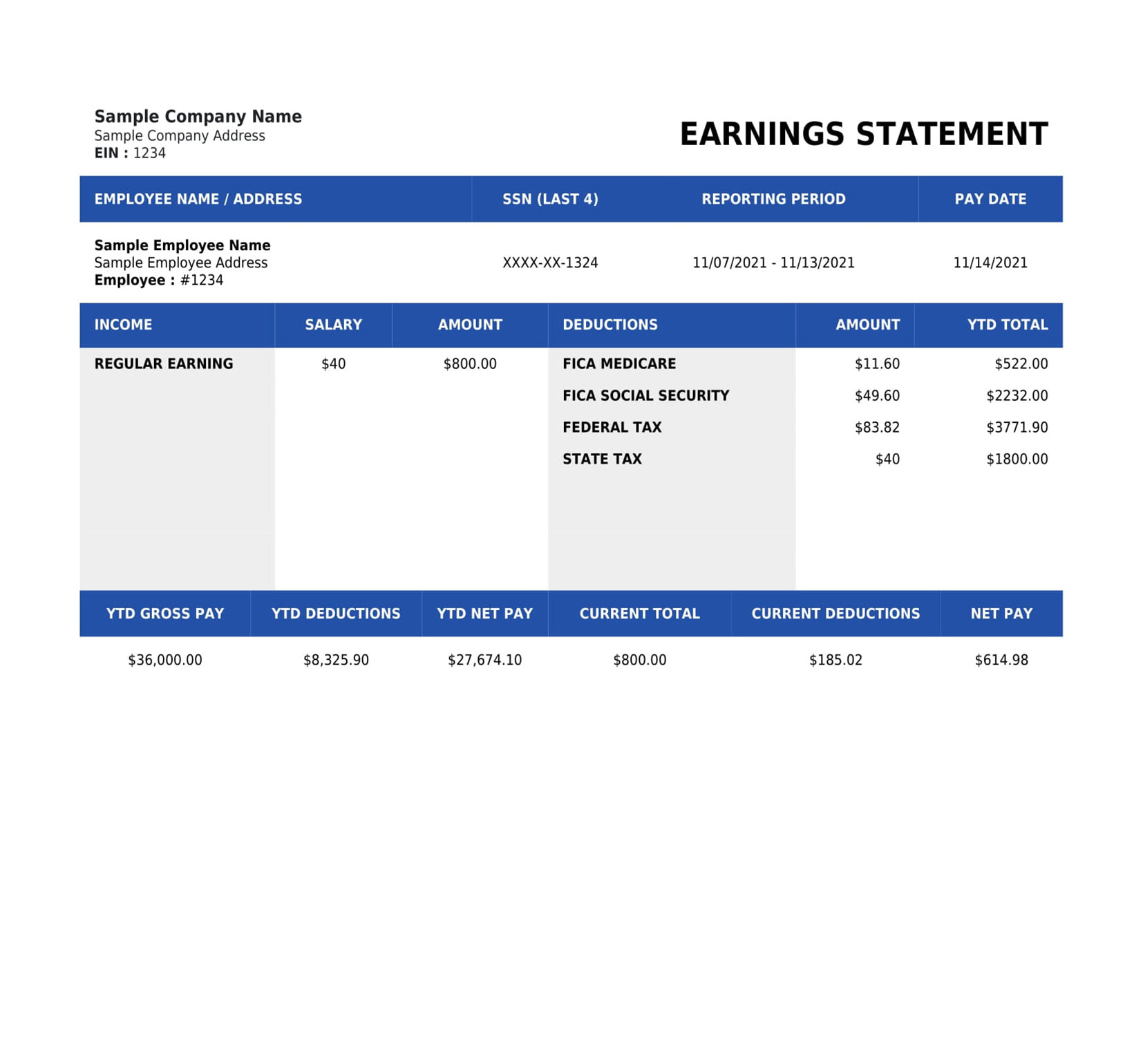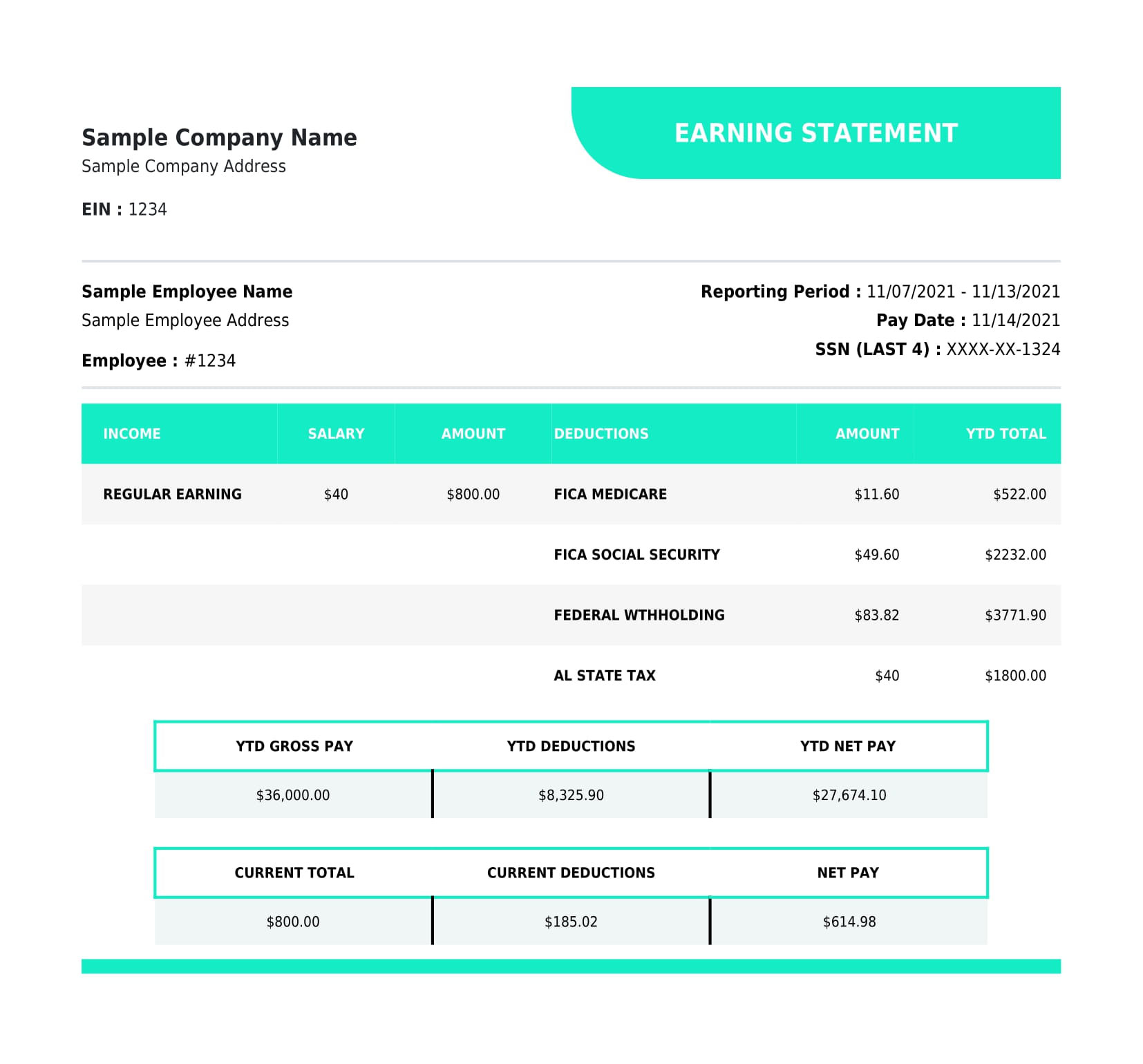
Introduction:
Payroll processing is a critical aspect of any business, ensuring that employees are compensated accurately and on time. Behind the scenes, there is a complex journey from the initial data input to the final paycheck distribution. In this blog, we’ll take a closer look at the intricacies of end-to-end payroll processing and unravel the steps that organizations undertake to manage this essential function seamlessly.
Data Collection and Input:
The journey begins with the collection of essential employee data. This includes information such as hours worked, overtime, bonuses, and any other relevant details. Human Resources (HR) departments play a pivotal role in gathering and verifying this information before passing it on to the payroll team.
Time and Attendance Tracking:
Accurate tracking of employee attendance and working hours is crucial for precise payroll processing. Many organizations use time and attendance systems that automate this process, reducing the margin for error and ensuring that employees are compensated for the time they’ve worked.
Calculation of Gross Pay:
With the gathered data, the payroll system calculates the gross pay for each employee. This includes regular wages, overtime, and any additional earnings or bonuses. Deductions, such as taxes and benefits, are also factored in at this stage.
Tax Withholding and Compliance:
One of the most complex aspects of payroll processing is managing tax withholding. The payroll team must stay current with tax regulations, ensuring that the correct amount is withheld for federal, state, and local taxes. Compliance with tax laws is paramount to avoid legal issues and penalties.
Net Pay Calculation:
After factoring in all deductions and withholdings, the system calculates the net pay – the amount that employees will receive in their paychecks. This is the final figure that employees are concerned with, representing their take-home pay.
Payment Processing:
Once the net pay is determined, the payroll department initiates the payment process. This can involve various methods, including direct deposit or the issuance of physical paychecks. Timeliness is crucial to ensure employees receive their wages promptly.
Recordkeeping and Reporting:
To maintain transparency and compliance, organizations are required to keep detailed records of payroll processing. This includes pay stubs, tax records, and other relevant documents. Regular reporting is also essential for financial analysis and decision-making.
Continuous Auditing and Improvement:
The end-to-end payroll process doesn’t conclude with payment. Continuous auditing is necessary to identify and rectify errors. Additionally, organizations should regularly review their payroll processes to incorporate improvements, leverage new technologies, and enhance efficiency.
Conclusion:
In conclusion, end-to-end payroll processing is a multifaceted journey that demands precision, compliance, and a keen eye for detail. Understanding the steps involved allows organizations to streamline their processes, ensuring that employees are compensated accurately and on time while minimizing the risk of errors and compliance issues. As technology evolves, so too will the landscape of payroll processing, presenting new opportunities for increased efficiency and accuracy in this fundamental business function.






